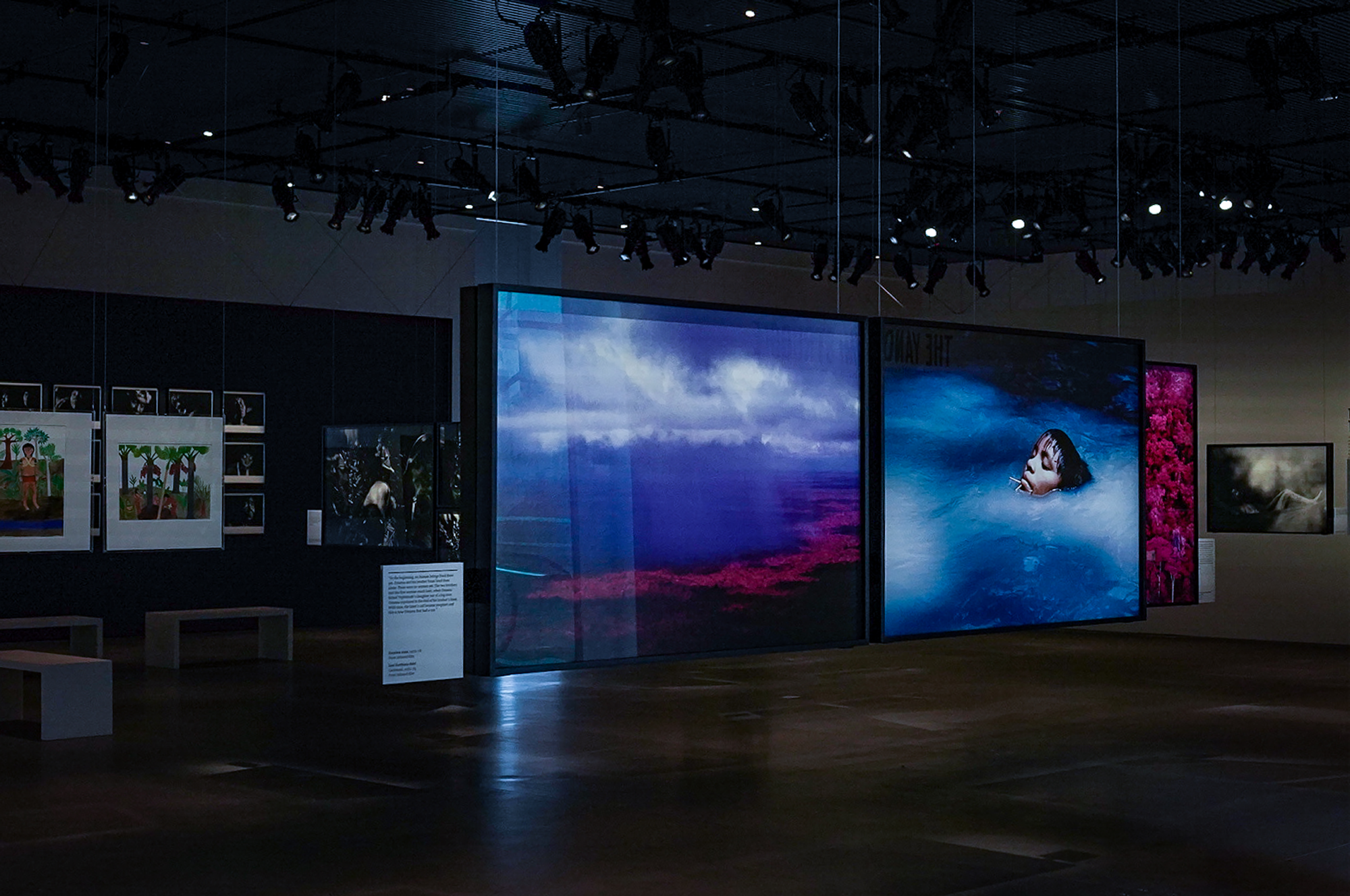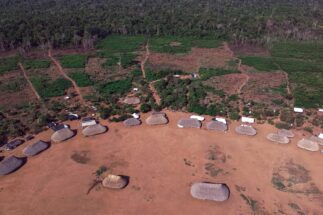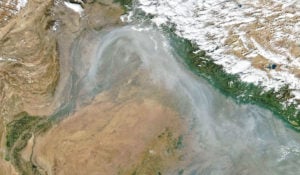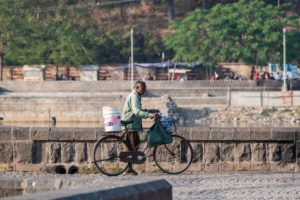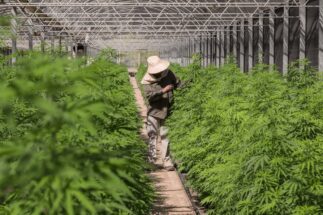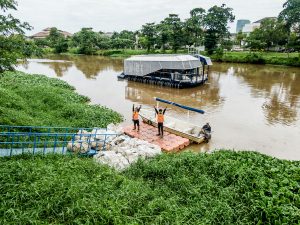A thin layer of snow covers the skyscrapers of Hudson Yards, the newest neighbourhood in Manhattan’s expanding business district. But inside The Shed is a burst of tropical colour, as Yanomami artists and activists with painted faces and Indigenous ornaments join photographer Claudia Andujar for the launch of its latest exhibition.
The iconic 16,000m2 cultural centre is hosting “The Yanomami Struggle”, with drawings, paintings, and videos by artists of the ethnic group, together with photographs by Andujar.
The Swiss photographer, whose family were victims of the Holocaust during the Second World War, has dedicated most of her life to protecting the Yanomami. The exhibition’s collection of 200 photographs portrays a culture permeated by shamanism and an intrinsic relationship with the Amazon forest, as well as a long history of violence, but also resistance.
“I have worked with the Yanomami for 50 years and I will continue to defend the people and their lands, which are being invaded by miners,” says Andujar, who lives in São Paulo. In fragile health, the 91-year-old only confirmed her presence a few days before the event.
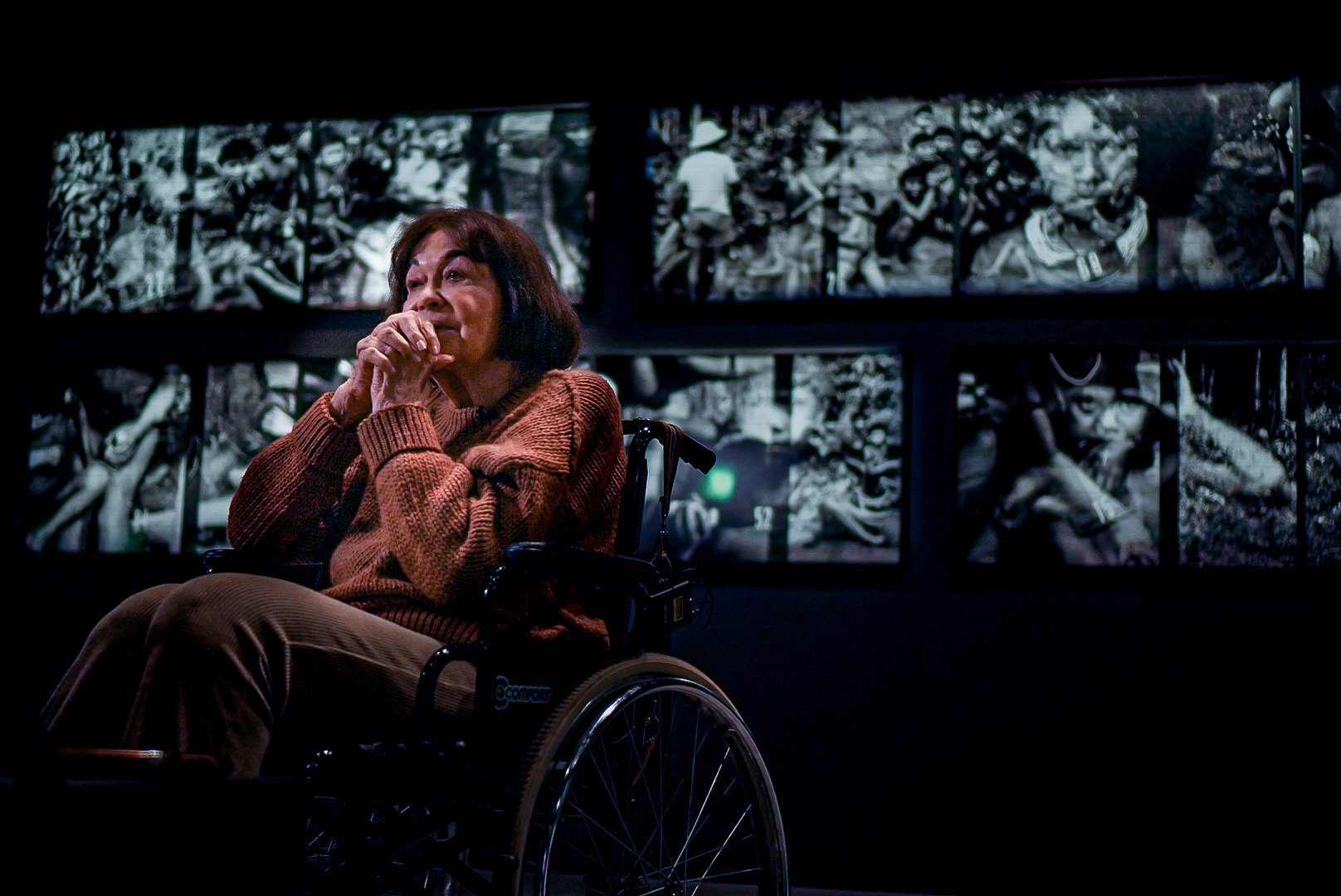
For the youngest members of the delegation, it’s their first time in the Northern Hemisphere winter. But not for shaman and Indigenous leader Davi Kopenawa, 66. In December 1992, he represented the peoples of the Amazon at an event at the UN headquarters in New York. That year, after more than a decade of activism, the Brazilian government finally recognised the Yanomami Indigenous territory. It covers 96,000 square kilometres, an area larger than Portugal, and is located in Northern Brazil, close to the border with Venezuela.
In previous years, Kopenawa had visited Europe and the United States as part of an intense international campaign for support to protect his people from a violent gold rush advancing on the region occupied for a millennium by the ancient Yanomami. 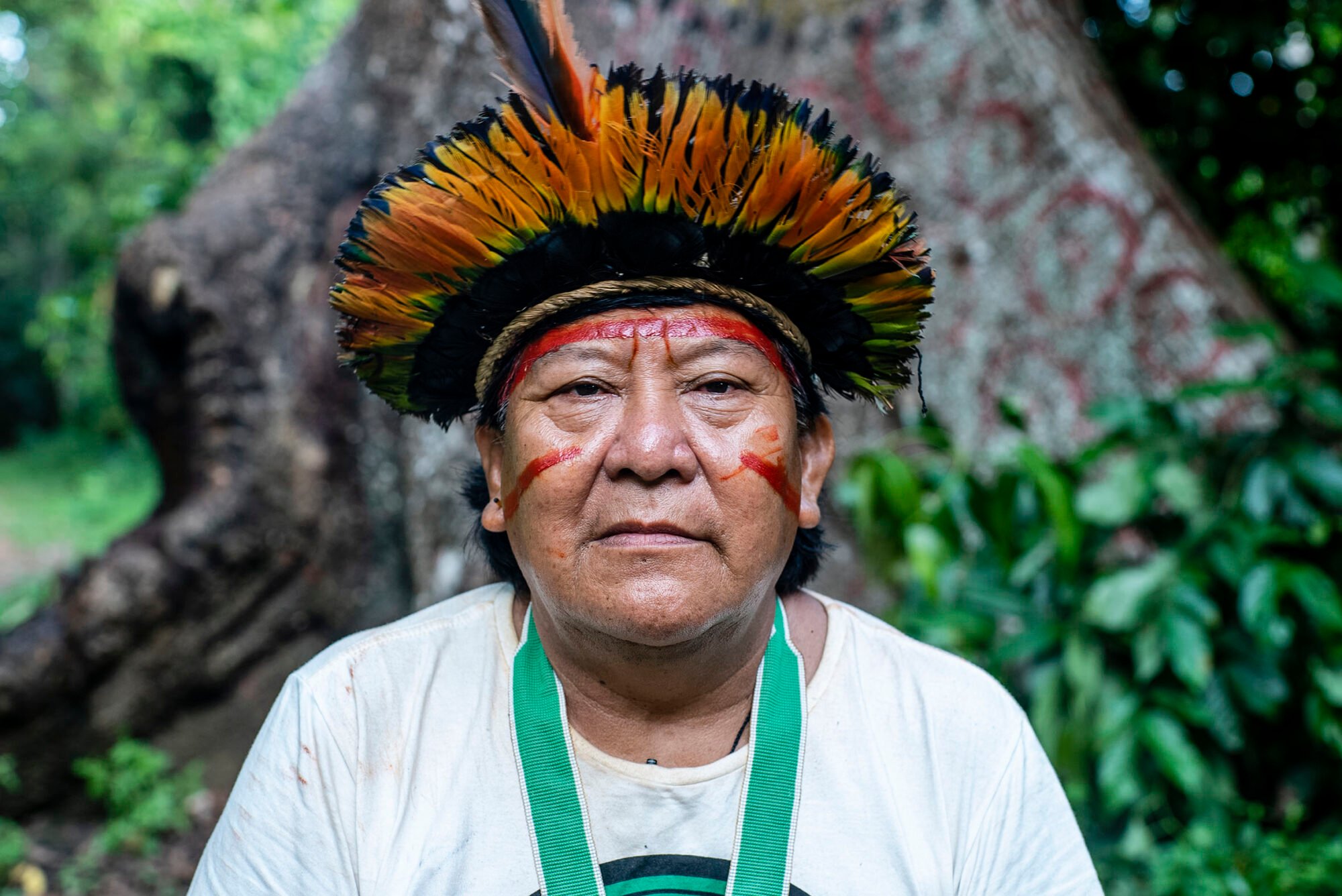
History of violence that repeats itself
More than 70% of the approximately 27,000 Yanomami living today are under 30 years of age, a reflection of the near-extermination suffered by this population in past decades.
The first wave of deaths came from the incursions of religious missionaries, government agents and the military in the 1950s and 1960s. At that time, while still a child, Kopenawa lost his parents and other family members to measles epidemics carried by outsiders. 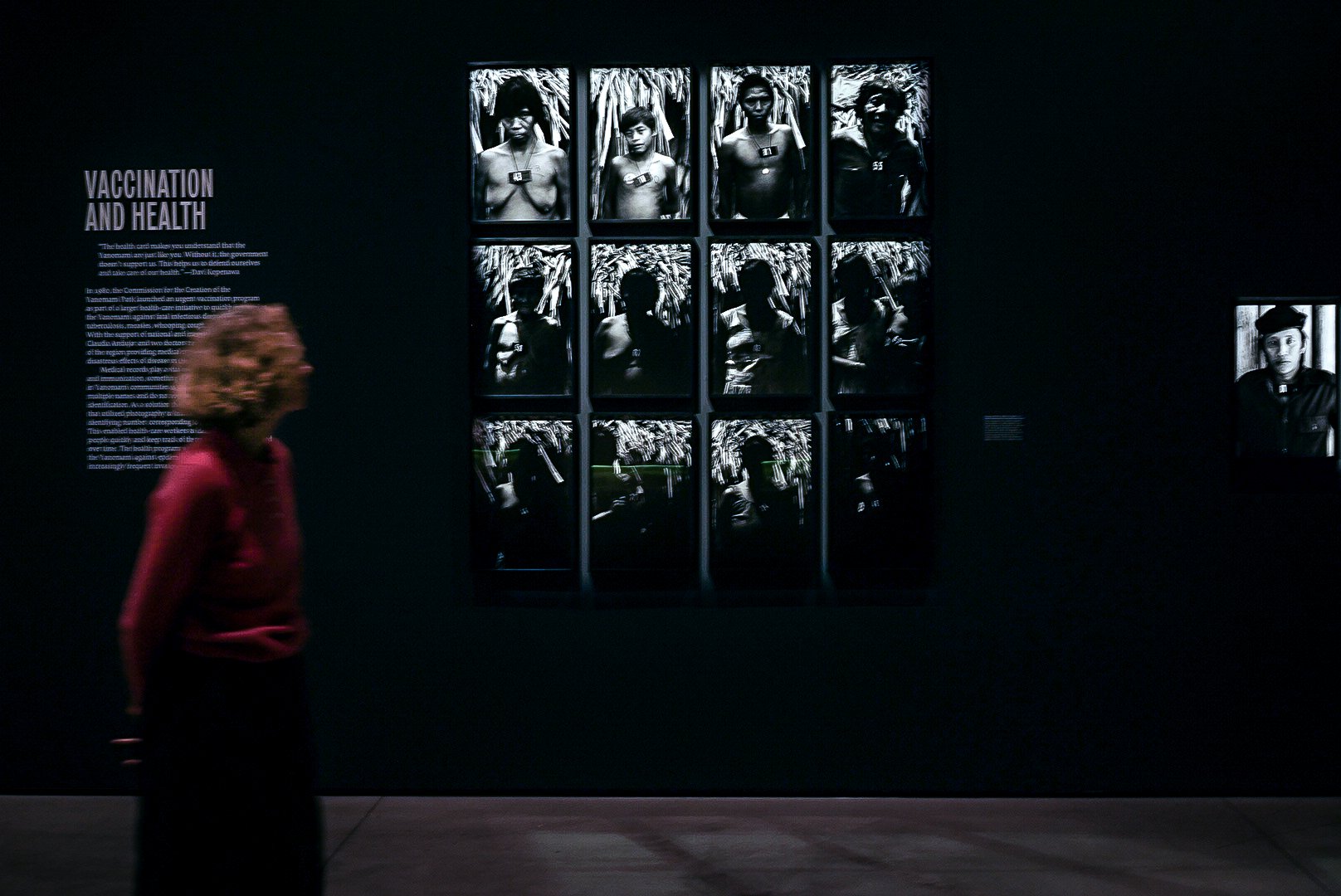
In the book The Falling Sky: Words of a Yanomami Shaman, Kopenawa and anthropologist Bruce Albert tell how the miners began to infiltrate the region in small groups, first offering food and goods to the Indigenous people. Throughout the 1980s, however, their growing presence became hostile, and caused the pollution of rivers, the scarcity of game and the spread of new infectious diseases. At its peak, the industry comprised 40,000 individuals and 90 clandestine airstrips, which facilitated the miners’ entry and departure on small planes.
The Indigenous inhabitants found themselves facing a dilemma which, according to the authors, lies at the heart of most conflicts: “The Yanomami became dependent on the economy gravitating around the mines at the very moment when the miners no longer found it necessary to buy peace with the Indians.”
These tensions came to a head with the Haximu massacre in 1993, in which 16 Indigenous people, including children, and two miners were murdered. The massacre brought international attention and led to an unprecedented conviction for attempted genocide, although the accused were later released. The demarcation of the Yanomami territory helped cool the crisis, and operations by federal police and government agencies brought mining under control. But now the number of cowboy miners, or garimpeiros, has escalated – and Kopenawa is again trying to get the attention of the international community. A video installation at the show in New York combines photos of the Yanomami people from 1989 and 2018 by Claudia Andujar (Image: Flávia Milhorance)
“We hope to expel the garimpeiros from there again – this was a promise from the Lula government,” Kopenawa says. “Jair Bolsonaro did not want to listen, did not want to take care of my people.”
As well as opening the exhibition, Kopenawa spoke at Princeton and Columbia universities and again at UN headquarters in February. He then toured Washington seeking support for the campaign against mining inside Indigenous territories.
Recent socio-environmental devastation
The latest Yanomami crisis has been brewing since 2019, driven by the rising price of gold along with the permissive policies of Jair Bolsonaro’s government. As a member of congress in the 1990s and 2000s, Bolsonaro tried four times to suspend the protection of Yanomami land, without success. During his presidency, between 2019 and 2022, Bolsonaro dismantled environmental enforcement and Indigenous protection bodies, as well as pushing to relax laws against mining in protected areas. Although this new legislation has not yet been approved, his rhetoric has encouraged the devastation of the Amazon by illegal activities. On several occasions, Bolsonaro suggested there was “too much land for too little Yanomami”.
Deepening the crisis, there are suspicions that military personnel sent to the region were taking bribes to leak information about the few surveillance operations and allow gold and drugs to circulate freely. The mineral wealth of this border area has also attracted groups involved in drug trafficking, such as the PCC, today the largest criminal faction in Brazil, causing an escalation of physical and sexual violence.
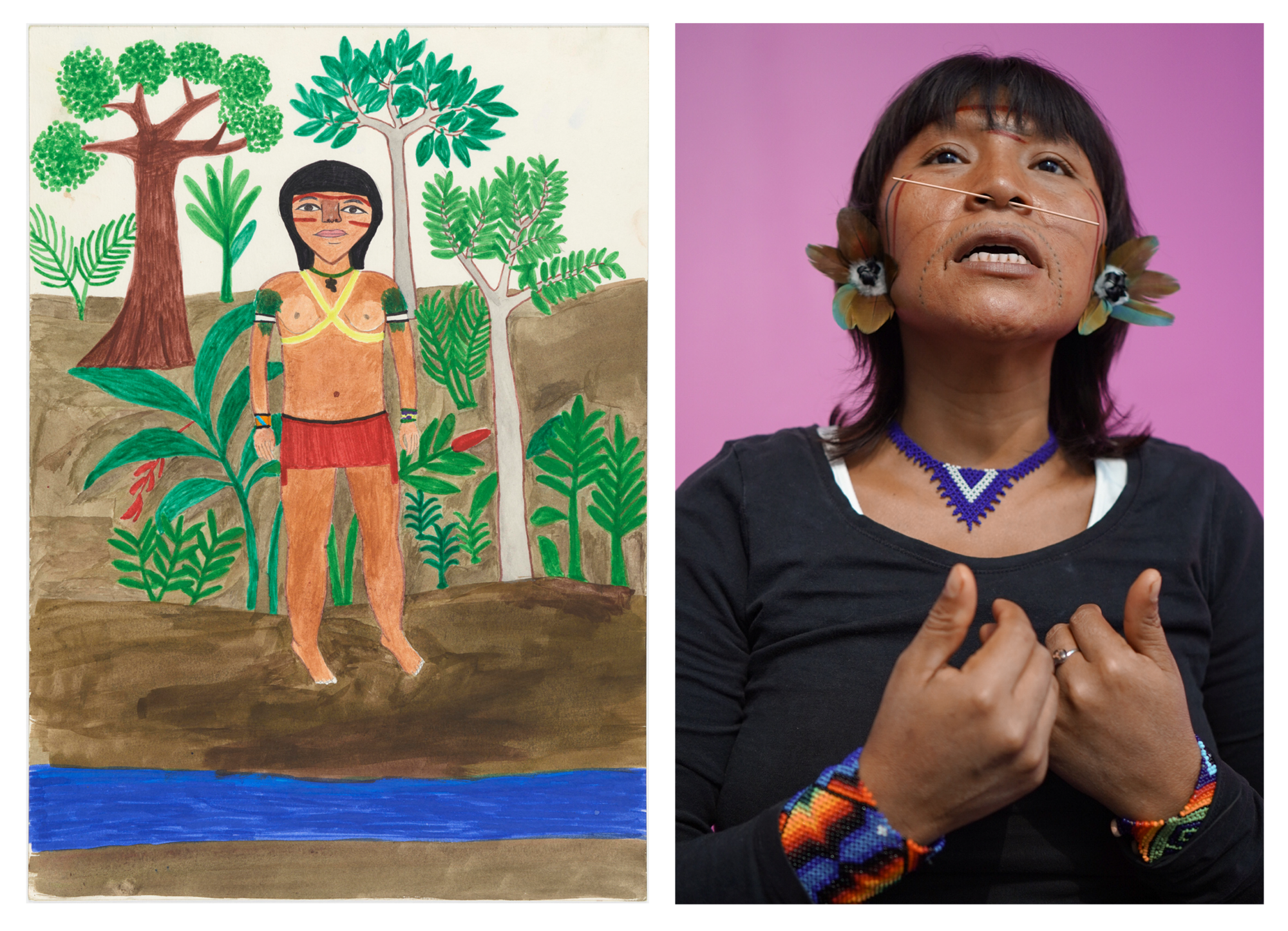
The health of the people has also been abandoned. The blocking of funds for Indigenous infrastructure and the difficult logistics in the remote territory, mostly without roads or communication, left health posts without basic supplies and staff. Medical professionals have left, fearing for their safety in the increasingly hostile environment. In early 2021, the situation was already drastic. Hunger and disease were already taking hold for similar reasons as in the 1980s. The most vulnerable, especially children, were dying from Covid-19. There was also a serious malaria epidemic, but a basic drug, chloroquine, was in short supply – partly because Bolsonaro was promoting its use to combat coronavirus, despite scientific evidence indicating its ineffectiveness. 
A turning point?
Brasília remained blind to the crisis until the first month of the government of Luiz Inácio Lula da Silva. Shocking new images of fragile and malnourished children were released by the independent journalism website Sumaúma in January. Urged by the Minister for Indigenous Peoples, Sonia Guajajara, the president landed at the epicentre of the crisis, in Boa Vista, a day later.
With the issue already gaining international prominence, a task force has offered treatment to the most seriously ill patients and the air force have seized control of the air space over the territory, causing miners to flee by boat – although many are not intimidated by the presence of the security forces.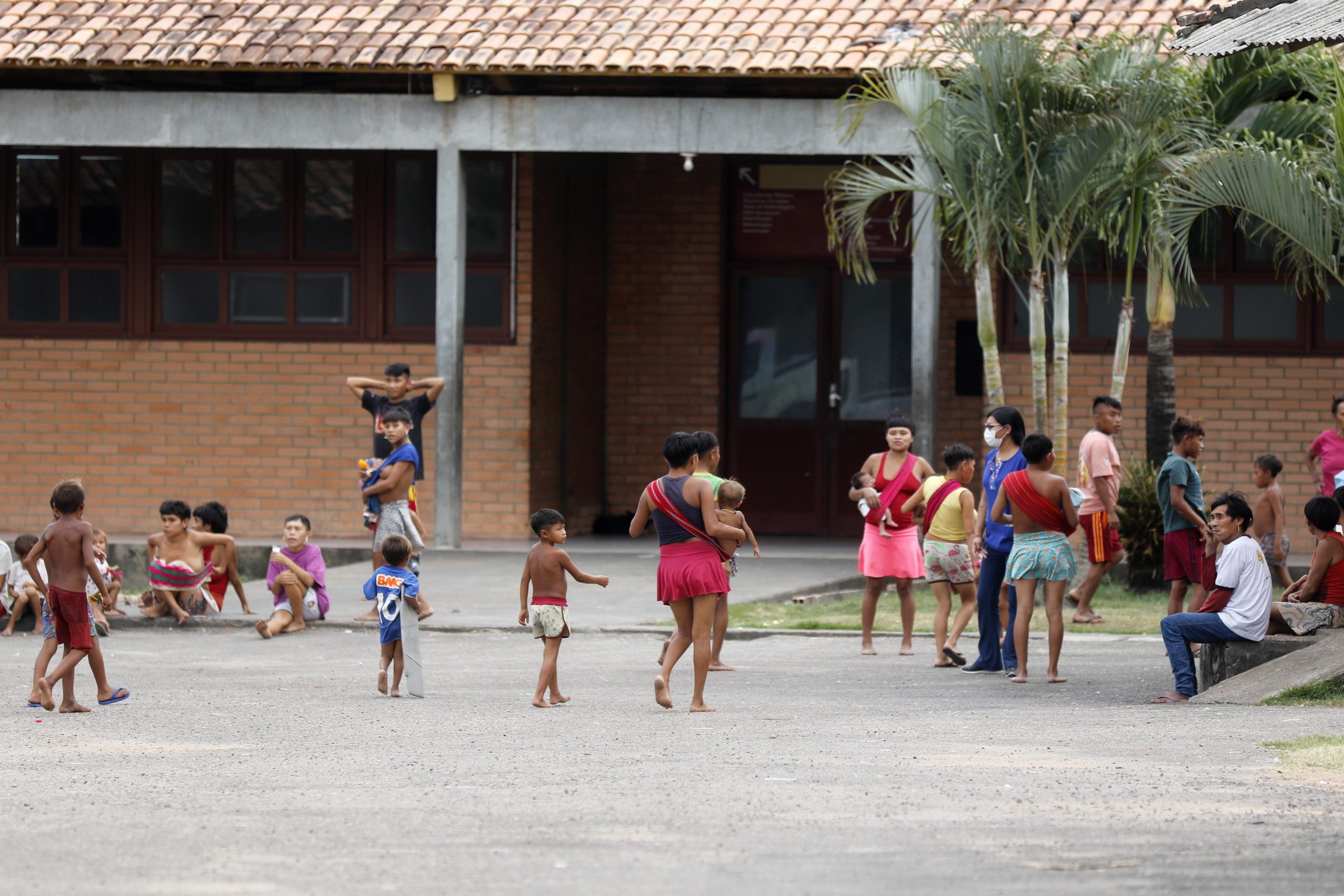
Companies have made more than 500 active mineral extraction requests to the National Mining Agency, covering over 30% of the territory. Although the areas are currently closed to exploitation, potential legal changes, such as the ones proposed by Bolsonaro, may eventually change this scenario. And though illegal activities have reduced since the 1990s, they have never stopped.
Art as activism
“There is a peak in this crisis, of course, but the biggest issue was its invisibility,” says Hervé Chandès, artistic general director of the Fondation Cartier, one of the bodies behind the exhibition.
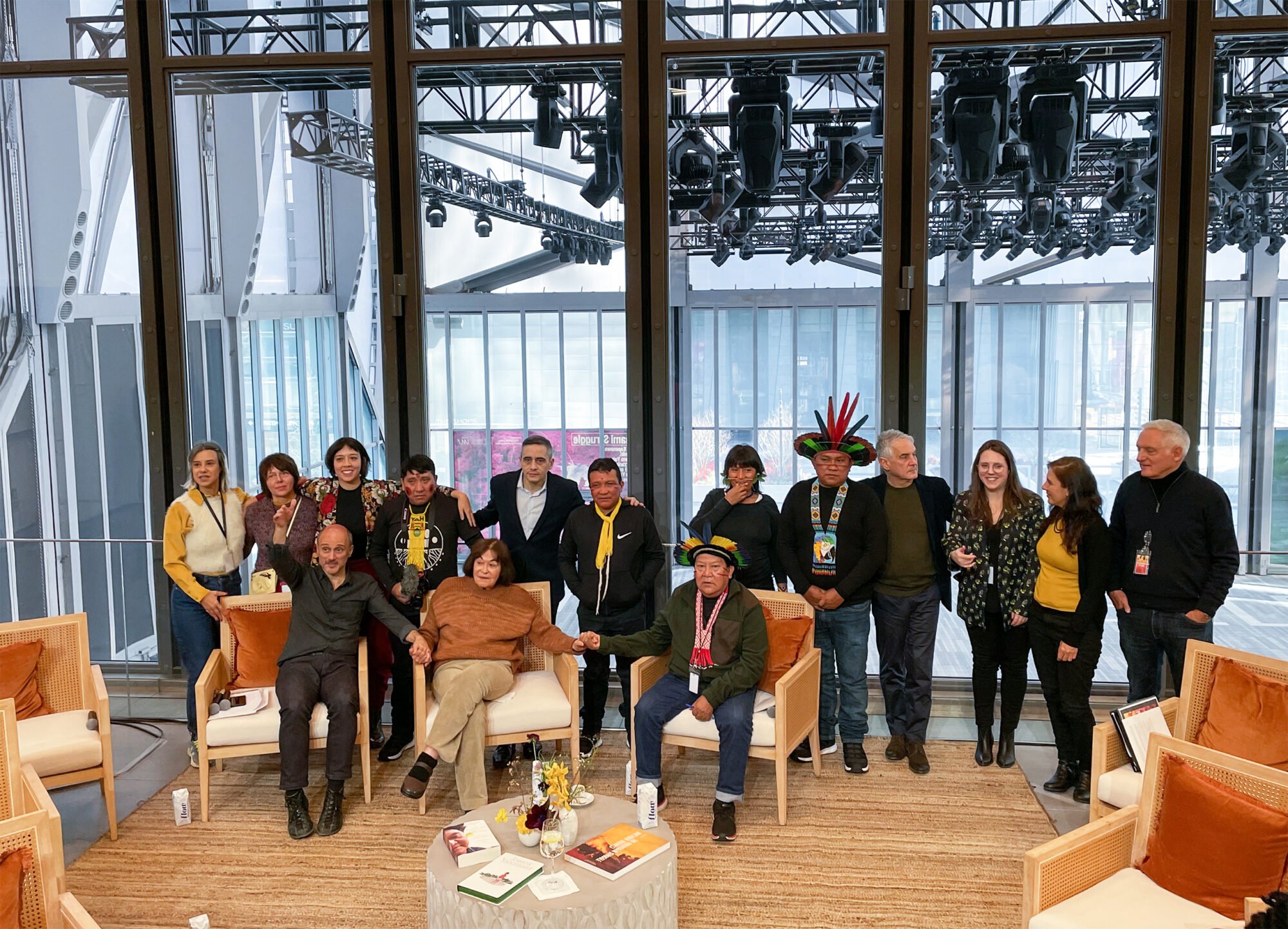
Over time, Chandès says he has better understood his position as the project’s sponsor. The big difference with the new exhibition is that “instead of going to their territory, they come here, New York, to speak for themselves.” For the first time, long-time activists for the Yanomami and the Amazon rainforest have met in the same space. “They are all together here, the stage is theirs,” says Chandès. “That is very symbolic.” 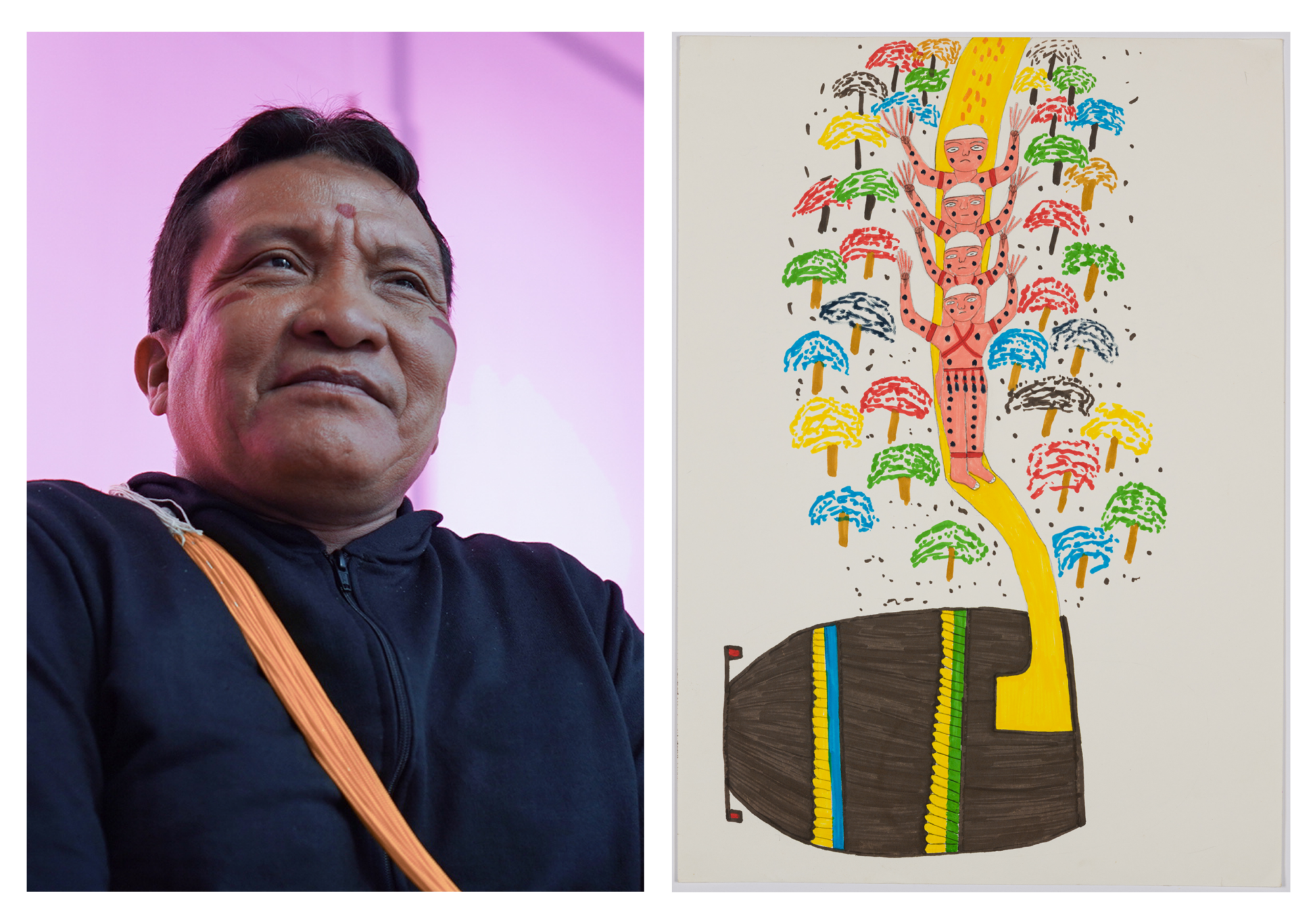
“My art is my fight. The Yanomami people are suffering, but we’re fighting.”
